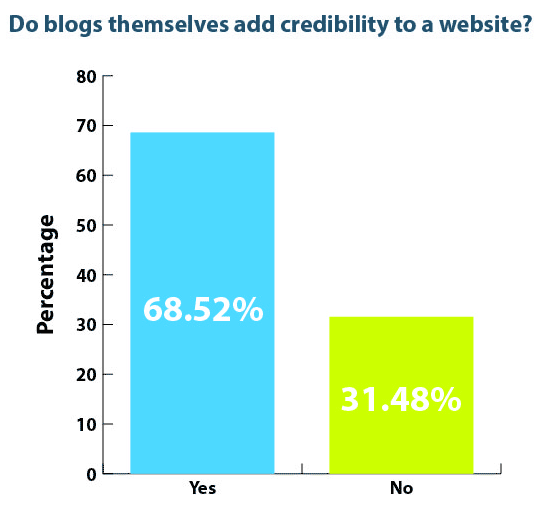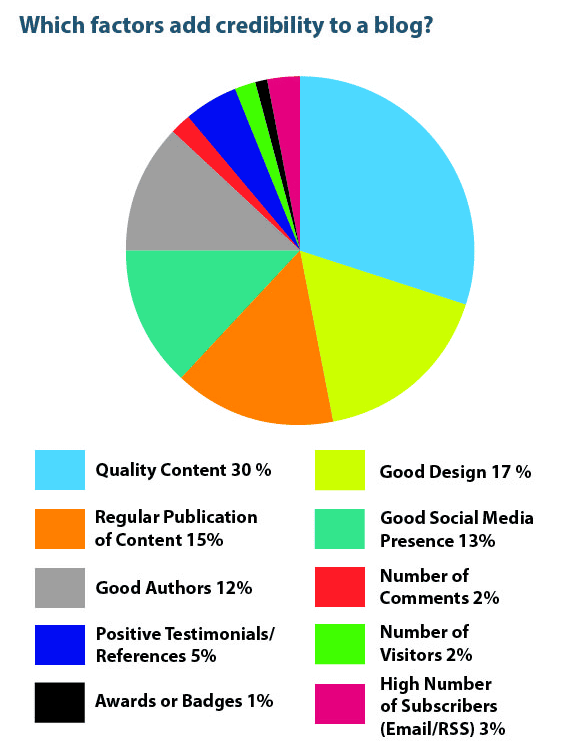
You’re about to launch your online store (or maybe you just launched)
– congratulations! It takes perseverance and passion to get to the
point you’re at. However, as you know, business ownership is a constant
flood of satisfying milestones coupled with expanding to-do lists. With
your launch, you’ll need to get on top of the accounting tasks that come
along with owning a store. This list of 10 small business accounting
steps will give you the confidence to know you’ve covered your bases,
and are ready to move on to the next item on your business to-do list!
1. Open a Bank Account
After you’ve legally registered your business, you’ll need somewhere
to stash your business income. Having a separate bank account keeps
records distinct and will make life easier come tax time. Note that
LLCs, partnerships, and corporations are legally required to have a
separate bank account for business. Sole proprietors don’t legally need a
separate account, but it’s definitely recommended.
Start by opening up a business checking account, and then any savings
accounts that will help you organize funds and plan for taxes. For
instance, set up a savings account and squirrel away a percentage of
each payment as your self-employed tax withholding. Next you’ll want to
consider a business credit card to start building business credit.
Corporations and LLCs are required to use a separate credit card to
avoid commingling personal and business assets.
Before you talk to a bank about opening an account, do your homework.
Shop around for business accounts and compare fee structures. Most
business checking accounts have fees that are higher than personal
banking, so pay close attention to what you’ll owe.
In order to open a business bank account, you’re required to have a
business name, and usually be registered with your state or province.
Check with the individual bank for what documents to bring to the
appointment.
2. Track Your Expenses
The foundation of solid business record keeping is learning to track
your expenses effectively. It’s a crucial step that allows you to
monitor the growth of your business, build financial statements, keep
track of deductible expenses, prepare tax returns, and support what you
report on your tax return.
Right from the beginning, you should establish a system for
organizing receipts and other important records. This process can be
simple and old school (bring on the FiloFax), or you can use a service
like
ShoeBoxed.
For American store owners, the IRS doesn’t require you to keep receipts
for expenses under $75.00, but it’s a good habit nonetheless.
There are five types of receipts that you should pay extra attention to:
- Meals and Entertainment:
Conducting a business meeting in a cafe or restaurant is a great
option, just be sure to document it well. On the back of the receipt,
record who attended and the purpose of the meal or outing.
- Out of Town Business Travel:
The IRS and CRA are wary of people claiming personal activities as
business expenses. Thankfully, your receipts also provide a paper trail
of your business activities while away.
- Vehicle Related Expenses:
Record where, when, and why you used the vehicle for business, and then
apply the percentage of use to vehicle related expenses.
- Receipts for Gifts:
For gifts like tickets to a concert, it matters whether the gift giver
goes to the event with the recipient. If they do, then the expense would
be categorized as entertainment, rather than a gift. Note these details
on the receipt.
- Home Office Receipts:
Similar to the vehicle expenses, you need to calculate what percentage
of your home is used for business and then apply that percentage to home
related expenses.
Starting your business at home is a great way to keep overhead low,
plus you’ll qualify for some unique tax breaks. You’re able to deduct
the portion of your home that’s used for business, as well as your
internet connection, cell phone, and transportation to and from work
sites and for business errands. Any expense that’s used partly for
personal life and partly for business must reflect the mixed use. For
instance, if you have one cell phone, you can deduct the percentage you
use the device for business. Gas mileage costs are 100% deductible, just
be sure to hold on to all records and keep a log of your business miles
(where you’re going and the purpose of the trip).
3. Develop a Bookkeeping System
Before we jump into establishing a bookkeeping system, it’s helpful
to understand exactly what bookkeeping is, and how it differs from
accounting. Bookkeeping is the day-to-day process of recording
transactions, categorizing them, and reconciling bank statements.
Accounting is a high level process that looks at business progress
and makes sense of the data compiled by the bookkeeper by building
financial statements.
As a new business owner, you’ll need to determine which bookkeeping method to use:
- You can choose to go the DIY route and use software like Quickbooks or Wave. Alternatively, you could use a simple Excel spreadsheet.
- You have the option of using an outsourced or part-time bookkeeper that’s either local or cloud-based like Bench Accounting.
- When your business is big enough you can opt to hire an in-house bookkeeper and/or accountant.
With so many options out there, you’re sure to find a bookkeeping solution that will suit your needs.
Canadian and American business owners need to determine whether
they’ll use the cash or accrual method of accounting. Let’s take a look
at the difference between the two methods here:
- Cash Method: Revenues and expenses are recognized at the time they are actually received or paid.
- Accrual Method:
Revenues and expenses are recognized when the transaction occurs (even
if the cash isn’t in or out of the bank yet) and requires tracking
receivables and payables.
Technically, Canadians are required to use the accrual method; but to
simplify things, you can use the cash method throughout the year and
then make a single adjusting entry at year end to account for
outstanding receivables and payables for tax purposes.
American business owners can use cash based accounting if revenues
are under USD $5M, otherwise they must use the accrual method.
4. Set up a Payroll System
As a new online store owner, you’ll likely be a one-person show.
However, maybe you’ll hire a part-time employee to help you out, or a
freelancer to design your logo. Right away, you need to establish
whether that individual is an
employee or an independent contractor.
For employees, you’ll need to decide on a payroll schedule and ensure
that you’re withholding the correct taxes; there are lots of
services
that can help with this. For independent contractors, be sure to track
how much you’re paying each person. American business owners may be
required to file 1099s for each contractor at year end (you’ll also need
to keep their name and address on file for this!).
5. Investigate Import Tax
Depending on your business model, you may be planning to purchase and
import goods from other countries to sell in your store. When importing
products, you’ll likely be subject to taxes and duties. These are fees
that your country imposes on incoming goods. Take the time to learn
about
importing goods into the US and
Canada, and the associated taxes, so that you know the rules from the get-go. Also, if you are importing goods, the
Duty Calculator can help you estimate the fees in your own business and plan for costs. Check out these additional articles on importing into
Canada and the
US if you have any more questions.
6. Determine How You’ll Get Paid
When sales start rolling in, you’ll need a way to accept the
payments. If you’re a North American store owner on Shopify, you can use
Shopify Payments
to accept credit card payments (Visa, American Express, and
Mastercard). This saves you the hassle of setting up a merchant account
or third party payment gateway.
If you want to accept credit card payments without using Shopify Payments, you’ll either need a
merchant account
or you can use a third party payment processor like PayPal. A merchant
account is a type of bank account that allows your business to accept
credit card payments from customers. If you use a third party payment
processor, the fees are generally around 2.9% + $0.30 per transaction.
You can consult this list to
help you find a payment gateway that will work for your location.
7. Establish Sales Tax Procedures
The world of eCommerce has shaken up sales tax regulations and they
are admittedly a bit confusing due to location issues. When a customer
walks into a brick and mortar retail shop, they pay the sales tax of
whatever state or province they make the purchase in, no matter if they
live in that city, or they’re visiting from across the world. However,
when you sell online, you’re often selling to customers who live in
different states/provinces, and even countries.
As a Canadian store owner, you only need to start collecting GST/HST when you have revenues of $30,000 or more in a year (
submit the GST/HST you collect in installments). If you want, you can collect GST/HST even if you don’t earn this much in revenue, as you can put it towards
Input Tax Credits.
Selling to international customers can be easier than domestic sales
because you often don’t need to charge sales tax when selling to
out-of-country customers. Canadian store owners don’t need to charge
GST/HST to customers who are outside of Canada. For American store
owners, international purchases are tax exempt as well. However, this
can get a bit complicated depending on the state you live in, so check
in with your accountant for detailed information about your specific
state’s regulations regarding international sales tax.
8. Determine Your Tax Obligations
Tax obligations vary depending on the legal structure of the
business. If you’re self-employed (sole proprietorship, LLC,
partnership), you’ll claim business income on your personal tax return.
Corporations, on the other hand, are separate tax entities and are taxed
independently from owners. Your income from the corporation is taxed as
an employee.
Self-employed people need to withhold taxes from their income, and
remit these to the government in lieu of the withholding that an
employer would normally conduct. For American store owners, you’ll need
to pay
estimated quarterly taxes
if you’ll owe more than $1,000 in taxes this year. Canadians have it a
little easier; if your net tax owing is more than $3,000 you’ll be
required to pay your
income tax in installments.
9. Calculate Gross Margins
Improving your store’s gross margin is the first step towards earning
more income overall. In order to calculate gross margin, you need to
know the costs incurred to produce your product. To understand this
better, let’s quickly define both Cost of Goods Sold (COGS) and gross
margin.
Cost of Goods Sold (COGS): These are the direct
costs incurred in producing products sold by a company. This includes
both materials and direct labor costs.
Gross Margin: This number represents the total sales
revenue that’s kept after the business incurs all direct costs to
produce the product or service.
Here’s how you can go about calculating gross margin:
Gross Margin (%) = (Revenue - COGS) / Revenue
The difference between how much you sell a product for, and how much
the business actually takes home at the end of the day is what truly
determines your ability to keep the doors open.
10. Constantly Re-evaluate Your Methods
When you first start out you may opt to use a simple spreadsheet to
manage your books but as you grow you’ll want to consider more advanced
methods like Quickbooks or Bench. As you keep growing, it’s good to
continually reassess the amount of time you’re spending on your books,
and how much that time is costing your business. The right bookkeeping
solution means you can invest more time in the business with bookkeeping
no longer on your plate, and potentially save the business money.
Win-win!
Conclusion
Starting a business can be an overwhelming process, but if you follow
this list, you’ll have your new store’s finances in order from the
beginning. From opening the right type of bank account to determining
how much you’ll bring in per product, these tasks will all contribute to
your business’s success, now and as it grows.
http://www.shopify.com/blog/15334373-small-business-accounting-101-ten-steps-to-get-your-startup-on-track





 Foresee
Results delivered its latest “Experience Index: U.S. Retail Edition,”
outlining customer satisfaction with, well, U.S. consumers’ e-commerce
and retail experience (seems kind of obvious, doesn’t it?).
Foresee
Results delivered its latest “Experience Index: U.S. Retail Edition,”
outlining customer satisfaction with, well, U.S. consumers’ e-commerce
and retail experience (seems kind of obvious, doesn’t it?).
